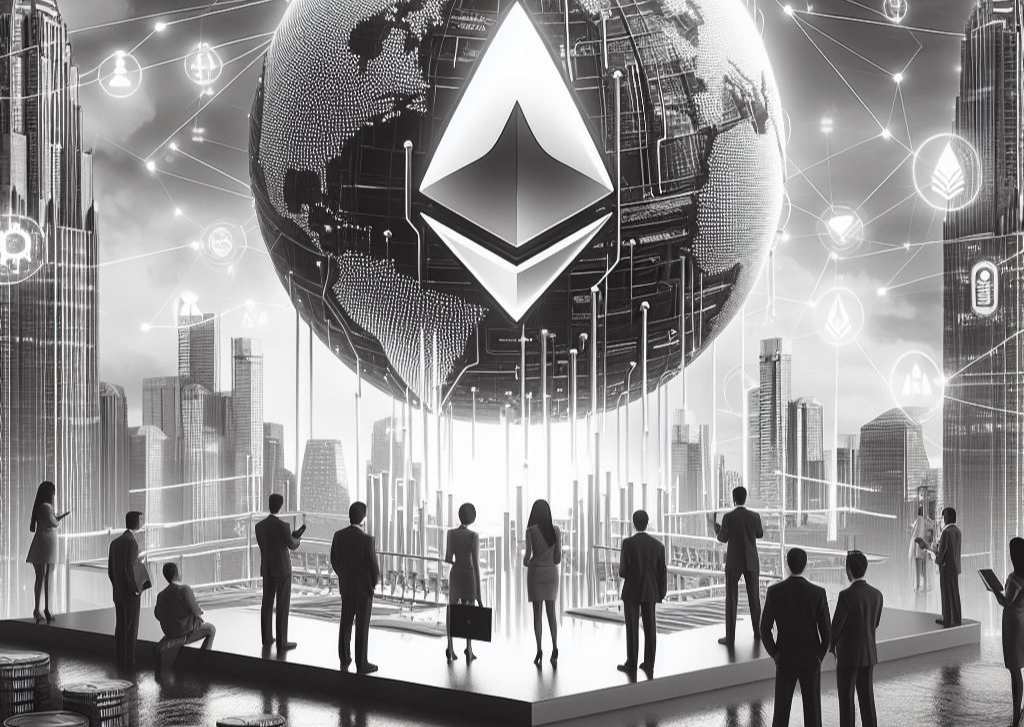Real World Asset Tokenization: What It Is & How It Works

Introduction
In the ever-evolving landscape of finance and technology, real-world asset tokenization has emerged as a game-changer. This innovative concept bridges the gap between traditional physical assets and the digital realm. In this article, we’ll explore what real-world asset tokenization entails, its advantages, examples, and potential risks.
What Is Real World Asset Tokenization?
At its core, real-world asset tokenization involves converting tangible assets—such as real estate, art, or precious metals—into digital tokens on a blockchain or distributed ledger. Let’s dive deeper into the key aspects:
1. Definition
- Tokenization: The process of creating digital representations (tokens) of physical assets.
- Digital Tokens: These tokens are divisible, transferable, and programmable.
- Fractional Ownership: Tokenization enables fractional ownership, allowing multiple investors to hold a stake in an asset.
2. Advantages
a. Reduced Costs
- By eliminating intermediaries, tokenization streamlines transactions, reducing costs associated with paperwork, legal processes, and administrative overhead.
b. Improved Liquidity
- Traditionally illiquid assets (like real estate) become more liquid when tokenized.
- Investors can buy and sell tokens globally, 24/7.
c. Faster Settlement
- Blockchain technology ensures efficient and transparent asset ownership and transfer.
- Smart contracts automate processes, minimizing settlement times.
3. Examples
a. Fractionalized Art
- Imagine owning a share of a valuable artwork without purchasing the entire piece.
- Tokenization democratizes access to art investments.
b. Tokenized Gold
- Investors can hold digital tokens representing physical gold.
- This opens up gold investment opportunities to a wider audience.
4. The Role of Smart Contracts
- Smart contracts play a pivotal role in real-world asset tokenization.
- They automate the conversion of physical assets into digital tokens.
- Smart contracts ensure transparency, security, and enforceability.
5. Risks
- While promising, real-world asset tokenization comes with risks:
- Volatility: Tokenized assets may still experience price fluctuations.
- Regulatory Challenges: Compliance with regulations is crucial.
Conclusion
Real-world asset tokenization is reshaping the way we perceive and interact with assets. As this technology matures, it holds immense potential for transforming financial markets and democratizing investment opportunities.